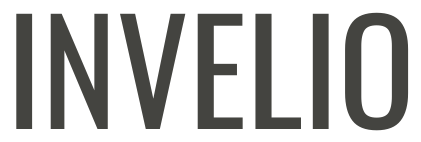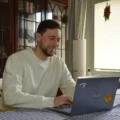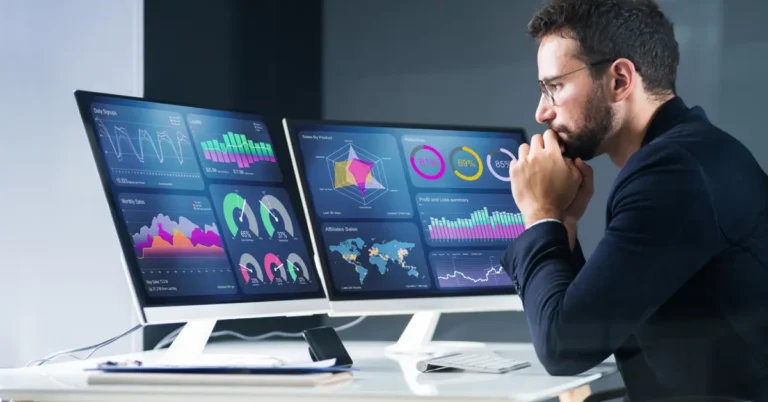Mastering the key components of successful budgeting is crucial for financial stability and peace of mind. It involves tracking where money goes, planning future expenses, and creating a balanced plan that fits individual needs. This approach not only prevents debt but also promotes financial growth by allowing for regular adjustments to stay on track toward our financial goals.
What Are Some Key Components of Successful Budgeting – Understanding The Basics
When we dive into what are some key components of successful budgeting, understanding the basics is where we begin. It’s about establishing a plan that guides us in managing our finances effectively.
Defining Budgeting and Its Purpose
Budgeting is the process of creating a plan to allocate our income toward expenses, savings, and debt repayment. Its purpose is to ensure that we have a clear picture of our financial situation. This enables us to make informed decisions about spending and saving, helping us meet our financial goals and avoid debt.
Income Assessment
Assessing our income is a fundamental step in budgeting. This means tallying up all sources of income, which might include salaries, wages, bonuses, and any passive income streams. Understanding our total income is critical to determining how much money we have available to distribute among our various financial commitments.
Identifying Essential and Non-Essential Expenses
Splitting our expenses into two categories—essential and non-essential—helps us prioritize spending. Essential expenses include items such as housing, utilities, groceries, and transportation—expenses we must pay to maintain our basic standard of living. Non-essential expenses, on the other hand, include those that are not vital, such as dining out, entertainment, and luxuries.
The Role of Saving in Budgeting
Saving plays a vital role in budgeting. It’s our safety net for unexpected expenses and the building block for future financial goals. By allocating a portion of our income to savings before we address other expenses, we’re committing to the practice of paying ourselves first, which is crucial for building financial security.
1. Setting Up Financial Goals

In addressing what are some key components of successful budgeting, we must first highlight the significance of establishing solid financial goals. These goals are the benchmarks that guide our entire budgeting process.
Importance of Clear Goals
Clear goals act as our financial compass. By setting specific, measurable, and achievable objectives, we give ourselves concrete targets to aim for. It’s not enough to say we want to save money; we need to articulate why we’re saving. Is it for a down payment on a house or perhaps to build an emergency fund? Having clear goals helps us prioritize our spending and keeps us motivated.
Short-Term vs Long-Term Goals
Financial goals come in two flavors: short-term and long-term. Short-term goals might include saving for a vacation or paying off a small debt within a year, while long-term goals focus on more substantial milestones like retirement savings or your children’s education fund. Both types of goals are crucial, as short-term successes can fuel our motivation to achieve those more distant, long-term financial objectives.
Adjusting Goals Over Time
Life is unpredictable, and our financial situations can change. That’s why we must reassess and make adjustments to our goals regularly. As we hit certain milestones or experience changes in our income and expenses, tweaking our targets ensures that they remain relevant and attainable. Adapting our strategy keeps us on the right path toward our financial wellness.
2. Creating The Budget Plan

When we talk about what are some key components of successful budgeting, creating a solid budget plan is at the core. It’s how we set the stage for managing our finances effectively.
Choosing the Right Budgeting Method
For us to manage our money wisely, selecting a suitable budgeting method is crucial. Zero-based budgeting is one approach where every dollar is assigned a job, ensuring income minus expenses equals zero. Another popular framework is the 50/30/20 rule, where we allocate 50% of our income to needs, 30% to wants, and 20% to savings and debt repayment. By choosing the one that fits our lifestyle, we lay a strong foundation for our budget plan.
Allocating Resources
Once we’ve chosen our method, the next step in our budget plan is to allocate resources effectively. It’s all about:
- Fixed expenses: like rent, which remain constant
- Variable expenses: such as utilities, can fluctuate
- Irregular expenses: including car maintenance, which occurs less frequently
- Savings and debt: setting aside funds for future financial stability
We break down our income and assign it to these categories, ensuring that every penny is put to work.
The Importance of Flexibility in Budgeting
No budget plan is set in stone. Life is unpredictable, and our budget should adapt to changes. Flexibility in budgeting means we’re prepared to adjust our allocations when necessary—maybe spending less on wants and putting more into savings if unexpected costs arise. Maintaining this flexibility prevents our budget from becoming obsolete and helps us stay on track financially.
3. Implementation of Budgeting Strategies
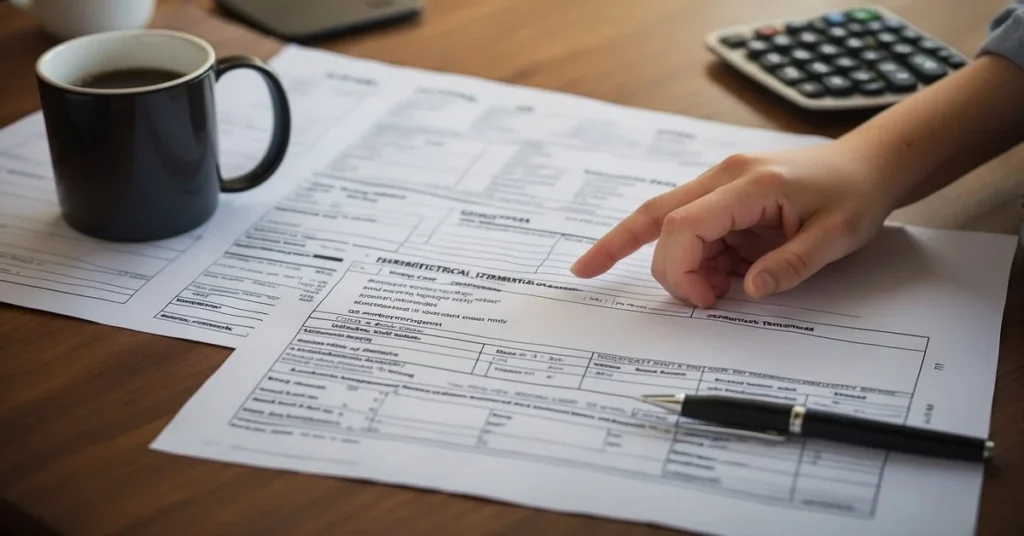
When we discuss what are some key components of successful budgeting, implementing strategies effectively is crucial. We’ll focus on tracking our spending, consistently reviewing our budget, and preparing for the inevitable expenses out of the blue.
Tracking Expenses and Income
Every dollar counts in a successful budget, so tracking both expenses and income is vital. By maintaining records of where every penny goes, we gain a clear picture of our financial habits. We can use a variety of tools for expense tracking:
- Spreadsheets: List your monthly income and expenses in a spreadsheet to see your spending patterns.
- Apps: Download budgeting apps that sync with your bank accounts for real-time tracking.
Regular Review and Adjustments
It’s not just about setting a budget; we need to constantly review it. Life changes, and so should our spending. Our regular budget review might dictate making necessary adjustments to ensure we stay on track. We can:
- Check our progress weekly or monthly.
- Compare spending against the budget and adjust accordingly.
- Assess whether we are meeting our savings and emergency fund goals.
Dealing With Unexpected Costs
No matter how well we plan, unexpected costs will arise. We can handle these by setting aside a portion of our income into an emergency fund. To effectively manage sudden expenses without derailing our budget, we should:
- Aim to save at least three to six months’ worth of living expenses.
- Keep the emergency fund in an easily accessible, yet separate account from our regular spending.
4. Managing Debts and Savings
When tackling what are some key components of successful budgeting, we must focus on managing our debts and building a robust savings strategy. Let’s explore how prioritizing debt repayment, employing effective savings techniques, and using savings accounts wisely can significantly impact our financial well-being.
Prioritizing Debt Repayment
Addressing debt repayment promptly ensures that we don’t spiral into more debt due to accumulating interest. We aim to:
- List High-Interest Debts: Start by listing out debts from highest to lowest interest rate.
- Allocate Extra Payments: Direct any extra funds to the highest-interest debt while maintaining minimum payments on others.
By minimizing the interest accrued, we make sure that each dollar we pay toward our debt does more to decrease the principal balance.
Effective Savings Techniques
It isn’t just about how much we save, but how we go about it. Here are our top techniques for effective savings:
- Set Specific Goals: Know what you’re saving for—be it an emergency fund or a vacation.
- Automate Savings: Set up automatic transfers to a high-yield savings account to grow our savings steadily without having to think about it every month.
These steps help ensure our savings work for us, earning interest and creating a financial cushion.
Using Savings Accounts Wisely
A savings account is not just a place to store money; it’s a tool to increase our financial security. Here’s how we should use them:
- Choose accounts with the best benefits, like a high-yield savings account to maximize our returns.
- Keep emergency funds accessible, but resist the temptation to dip into savings for non-essentials.
By being intentional with our savings, we can prepare for both expected and unexpected financial events in our lives.
5. Achieving Financial Stability
When we explore what are some key components of successful budgeting, we focus squarely on how such a budget paves the road to financial stability. It’s about more than just tracking numbers; it’s fostering the growth of our financial health over time.
Monitoring Financial Progress
To maintain financial stability, monitoring financial progress is indispensable. We initiate this by:
- Setting benchmarks: Establishing clear, measurable goals that are tangible and achievable provides us with a roadmap to follow.
- Reviewing regularly: Checking in on our budget with frequency allows us to stay informed about what’s working and what needs adjustment.
This continuous oversight enables us to make informed decisions that steer us toward long-term financial security.
Ensuring Consistency and Discipline
A budget is only as effective as our commitment to it, meaning consistency and discipline are vital. Here’s how we achieve that:
- Automatic savings: Aligning our budget to automatically move money into savings accounts removes the temptation to spend and reinforces consistent saving habits.
- Sticking to the plan: Resisting impulsive purchases and adhering to the allocated spending categories helps in maintaining discipline.
Through consistent and disciplined budgeting practices, we support our journey toward lasting financial stability.
Advanced Financial Management Tools
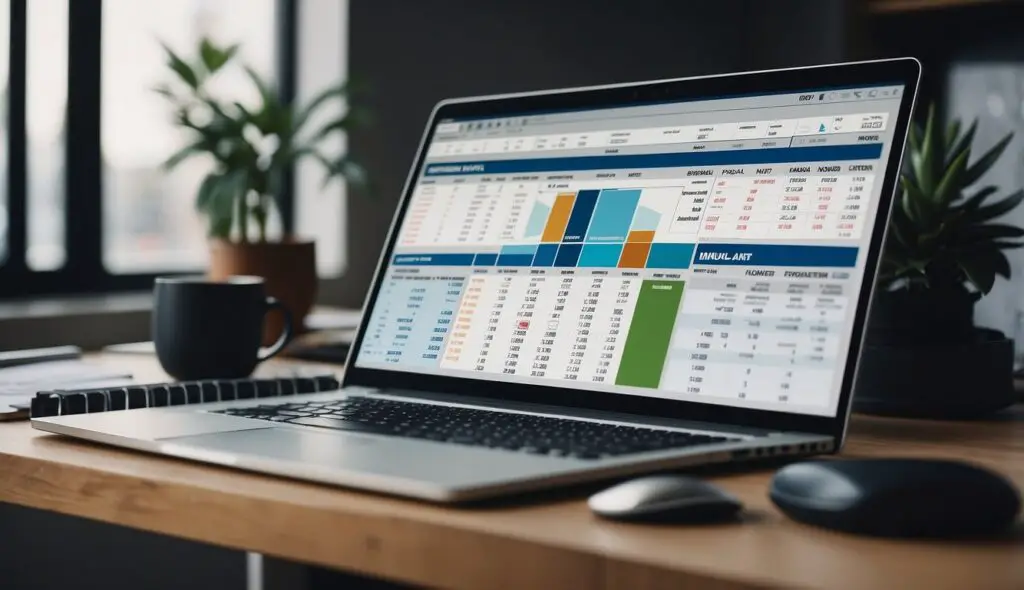
When it comes to understanding what are some key components of successful budgeting, it’s essential to consider the role advanced financial management tools play. These sophisticated tools elevate our budgeting strategy by providing tailored insights, increasing efficiency, and optimizing our financial growth.
Utilizing Budgeting Technologies
In the world of budgeting, embracing technology can be a game-changer for us. By leveraging powerful budgeting apps, such as YNAB, and spreadsheets, we can automate expense tracking, categorize spending, and set up real-time notifications to stay on top of our financial goals. For instance, sophisticated apps enable us to swiftly input transactions, analyze spending patterns, and visualize financial forecasts, aiding us in making more informed decisions.
Engaging with Financial Advisors
While technology is impactful, human expertise cannot be overlooked. Financial advisors offer professional guidance tailored to our unique financial situation. They can provide strategies for debt repayment, investment opportunities, and long-term wealth management—it’s like having a co-pilot in our financial journey.
Leveraging Income Streams
Diversifying our income is crucial for financial resilience. Beyond our regular salary, pursuing side hustles or freelance work can significantly bolster our budget. Additionally, rental income from property investments adds another layer of financial security and can help us achieve our financial aspirations faster. By actively managing multiple income streams, we heighten our financial foundation and accelerate our progress toward achieving set goals.
Frequently Asked Questions
What are the 3 key components of successful budgeting?
The three key components of successful budgeting are accurate income tracking, realistic expense categorization, and a commitment to savings and investment. Ensuring income is not overestimated, expenses are categorized for better tracking, and a percentage of income is allocated to savings creates a strong budget foundation. Recognizing these elements helps us maintain control over our finances and work towards our financial goals.
What makes a successful budget?
A successful budget is one that is tailored to our individual financial situation, flexible to accommodate unexpected changes, and backed by the discipline to stick to it. It also includes measurable goals and regular reviews to track progress and adjust as needed. This encourages mindful spending and saving to achieve financial objectives.
What is budget management?
Budget management is the process of creating, maintaining, and adjusting a plan that supports us in achieving our financial targets. It involves making informed decisions on how to best allocate our resources, enabling us to fund our current needs while planning for future expenses. Diligent budget management ensures we have a roadmap to follow, reducing the likelihood of financial stress.
Can you list four crucial elements that contribute to an effective budget?
Certainly. Four crucial elements that contribute to an effective budget include accurate financial projection, prioritization of expenses, flexibility for unforeseen costs, and periodic budget evaluation. These key elements help us prepare for the future, prioritize spending according to our values, adapt to life’s unpredictability, and stay on course or make necessary adjustments to our financial plan.
I hope you found some inspiration or useful tips in our article on ’What are some key components of successful budgeting?’! If so, I’d love to hear your thoughts and ideas in the comments below! And if you’re looking for more insightful content, don’t hesitate to explore our other articles:
- Budgeting Questions: My Top 10 When Crafting My Budgets
- Start With the 3 Step Budgeting Method For Beginners
- Strategic Budget: Beginners Guide for Success
- Budgeting Behavior: Master Your Finances With Simple Changes
Your comments help us create better content for you. Happy reading!
